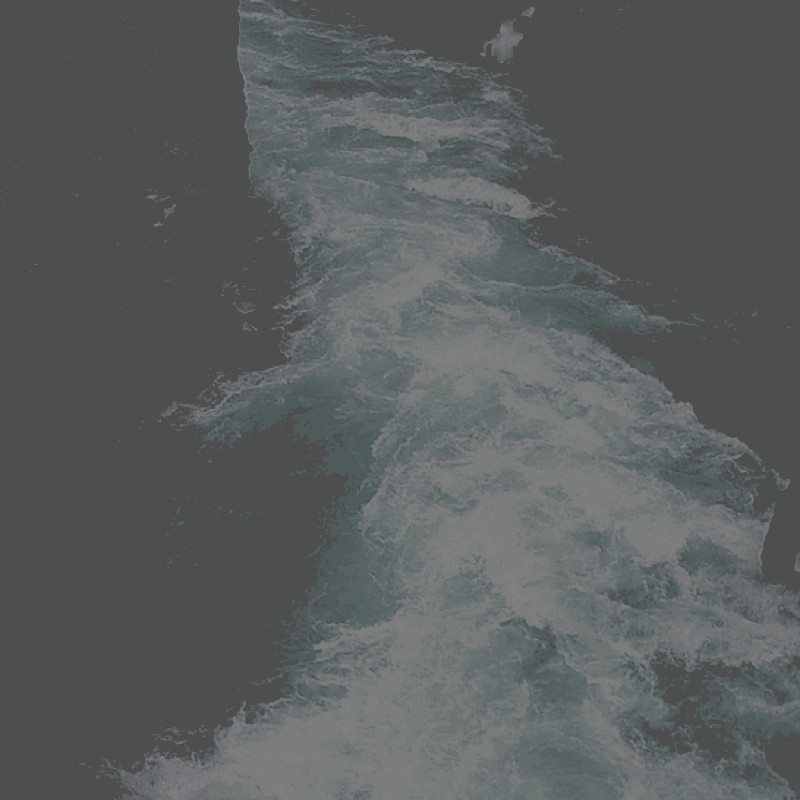
Whitewater comes in many shapes and sizes; when a river's gradient changes enough to generate so much turbulence that air is trapped within the water. This forms an unstable current that froths, making the water appear opaque and white.
The term "whitewater" also has a broader meaning, applying to any river or creek that has a significant number of rapids. [1] Are you intimidated by the power of whitewater? If you are, you’re not alone. Lots of people are afraid of surging whitewater. Rivers with whitewater often seem frightening and chaotic, because we aren’t familiar with the way that currents within these waterways flow. After we become more familiar, by learning about the features which contribute to currents, including downstream Vs, waves, rocks, eddies, eddy lines and hydraulics, we begin to make sense of rivers. The process of analyzing a river is known as “reading a river”.

Whitewater comes in many shapes and sizes; when a river's gradient changes enough to generate so much turbulence that air is trapped within the water. This forms an unstable current that froths, making the water appear opaque and white.
The term "whitewater" also has a broader meaning, applying to any river or creek that has a significant number of rapids. [1] Are you intimidated by the power of …
.jpg) Summer Wofford
Summer Wofford

